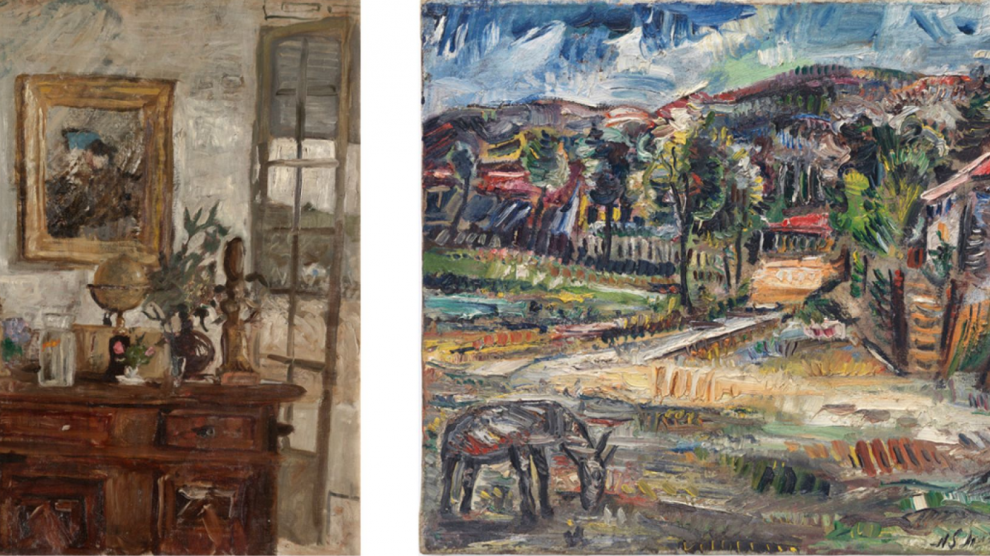A new exhibition has opened at the Museum of Modern Art in Ljubljana, providing an overview of painting, sculpture, printmaking, drawing, photography and film from the time the Yugoslav royal dictatorship was created (in January 1929) to the beginning of World War II on Yugoslav soil (April 1941). The exhibition is called On the Brink: The Visual Arts in the Kingdom of Yugoslavia (1929–1941) and will run until September 15.
This period was chosen for the way in which the dictatorship heavily influenced the so-called conflict on the artistic left.
The historical context is presented through excerpts from the 1934 travel book The Native’s Return, published by Louis Adamič in the United States, where it became an instant bestseller, reprinted many times but banned in the Kingdom of Yugoslavia.
“The Native’s Return enables us to juxtapose the objective and subjective in the question of what actually is context,” the museum’s website reads. “Adamič reveals the Kingdom of Yugoslavia, also through his encounters with artists such as sculptor Ivan Meštrović, writer Miroslav Krleža, and painter Petar Dobrović, as well as the king, one year before his assassination in Marseilles, as a country on the brink, a country of stark contrasts, caught between old, pre-modern customs and the grip of capitalism, with the premonition of its imminent end, also in a broader European and global context.”
But this turbulent pre-war period also represents the time when the first official shared history of the art of all the Yugoslav nations emerged, a history associated with the art historian and curator Milan Kašanin, the Venice Biennale (1938, 1940) and the international cultural policies of the Kingdom of Yugoslavia.
The exhibition displays the work of more than 130 artists, archival and library materials from more than 50 public and private collections from ex-Yugoslav countries. Most of the works from abroad are shown in Slovenia for the first time.
The exhibition is accompanied by an international film program in the museum’s auditorium, an educational programme, and an extensive, richly illustrated catalogue.
—
Photo: (left) Marko Čelebonović, Globe, 1930, oil on canvas, private ownership, Belgrade; (right) Nikola Martinoski, Skopje, 1933, oil on canvas, Moderna galerija, Ljubljana.






Add Comment